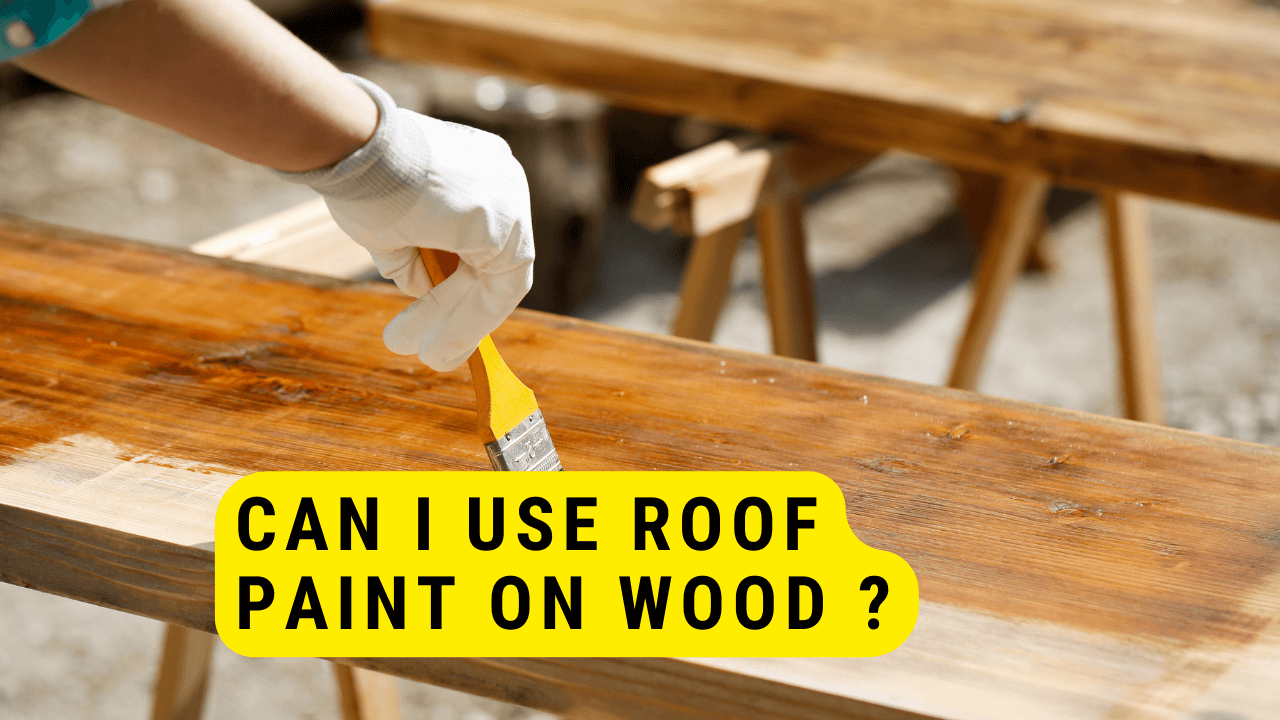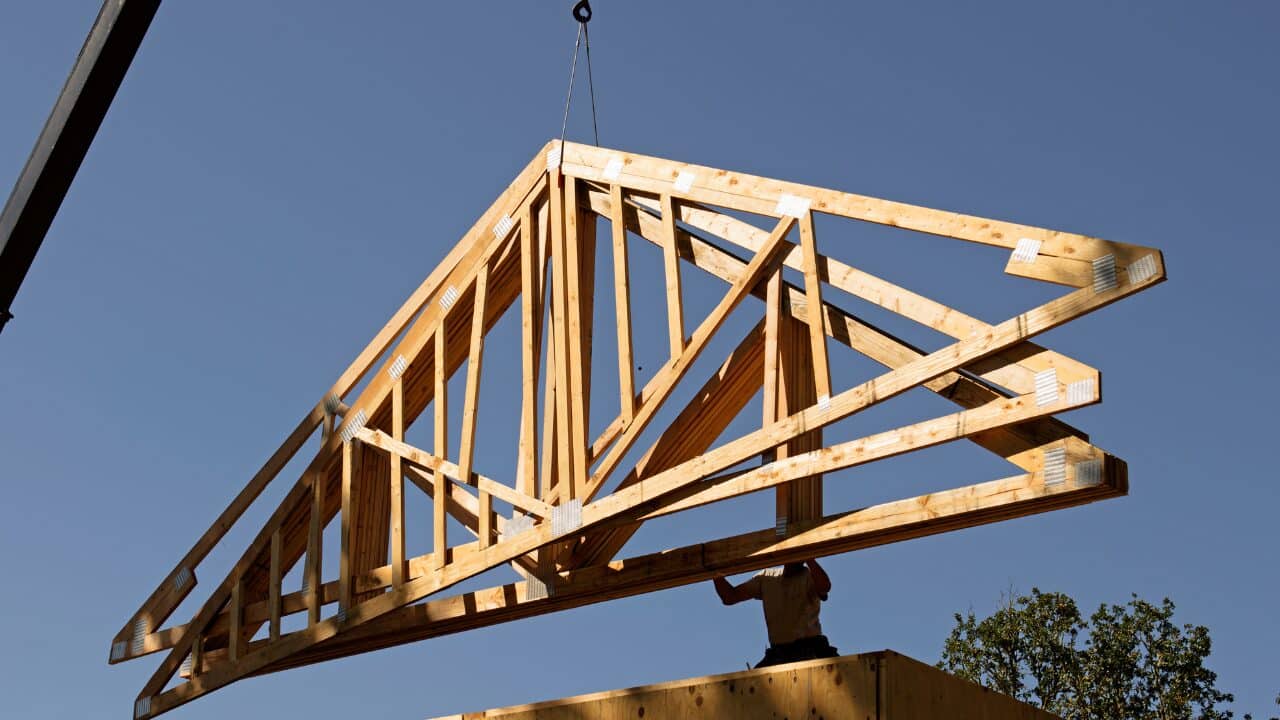Painting natural wood is frequently required for protection or aesthetic purposes. We propose an excellent quality roof paint that is not only weather-resistant but also flexible and weather-proof and contracts and expands with the wood, preventing cracks.
While it is possible to use wall paint on wood surfaces, it is not recommended. This means you should avoid using wall paint on wood furniture at all costs. Because of the significant price difference, many people use latex wall paint on wood surfaces.
You can, however, avoid doing so totally because wall paint is a poor choice for walls and furniture. If you have leftover masonry paint from painting walls or bricks, on the other hand, you should not toss it away. Rather, apply it to your antique furniture or wooden skirting boards to give them a more luxurious gloss and appeal.
Table of Contents
How To Choose The Best Paint For Wood?
A glossy or semi-gloss finish in either latex or oil-based paint is suitable for furniture. Never, ever leave priming uncoated. A latex primer is an excellent choice for most applications if you choose latex paint. It’s easy to use and doesn’t stink like an oil-based primer.
1) Test The Paint
Check if the paint you’re removing has any lead in it. You can get lead testing kits at your local store for a reasonable fee. These instructions cover only goods with lead-free paint. Scrape away any loose paint with an even pressure using a perpendicular scraper to prevent gouging the wood.
2) Use A sandpaper To Smooth The Surface
Sandpaper the entire wood using a palm sander to level up the surface. Start with sanding the entire wood with grit sandpaper.
Then, to obtain a smooth surface, use finer sandpaper. Always sand with the grain of the wood when sanding. You may need to sand manually to get into the crevices. When finished, wipe down the chair with a tack cloth to remove any dust.
3) Add Primer
Use a spray primer for neat, uniform coverage. Use a white primer under light-colored paint and a darker primer under dark-colored paint for consistent coverage. Begin with the underside of the chair. Spray carefully for a consistent spray pattern to avoid drips and overspray. Before painting, unfinished wood should be prepared.
The wood grain is filled with a high-solid primer, creating a smooth surface for the final coat. Unfinished woods absorb much paint, just like raw drywall, and primer helps seal the surface to prevent this. Examine the wood’s natural lines in a variety of directions.
Allow two to three light coats of primer to dry completely before applying the next coat. Check the label of your primer to see how long it takes for it to dry.
4) Paint The Wood
After applying the final priming coat, lightly sand the surface with smooth sandpaper and wipe it clean with a cotton cloth to remove any dust. Beautiful, flowing strokes that mirror the object’s inherent lines should be used to create the artwork.
Use a high-quality nylon wire brush for the best results possible. To ensure an equal finish, scrape over the previous stroke.
If you get a drop, gently pull the brush back over the area to stop the run and smooth it out before continuing. Apply two to three light coats, allowing each to dry completely between coats. Because drying times vary by product, check the labels on your paint can.
5) Give A Final Touch With Polymeric Coat
The paint is hardened and protected with a clear polymeric layer, which adds shine while hardening and protecting it. Water-based topcoats should be used with water-based paints, while oil-based topcoats should be used with oil-based paints.
Holding the can, spray in a back-and-forth motion. Follow the natural contours of the wood to ensure a uniform covering. After the first clear coat has dried, lightly scrape the surface with grit to obtain a professional finish before applying the final coat.
Roof Paint Is Not An Ideal Option For Fence
Wood-specific paints are usually shipped in a solution that soaks into the wood, encircles individual fibers, and seals the structure. Metal paint will likely peel off in skin much sooner than we expect it to on old building boards or aged wooden furniture because wood surfaces shrink and expand due to moisture in the air.
Metal paints are typically thicker and have a self-leveling property, which means they stretch and even out after brushing, preventing apparent brush marks.
Roof painting can be used to paint wood. Painting natural wood is usually required for the preservation or aesthetic reasons. A high-quality roof paint that is UV resistant and weather-proof is recommended since it contracts and ds with the wood, reducing the formation of fractures.
Use Roof Paint To Increase The Durability Of Floor
When used on concrete, cement floors, and sills, this durable and easy-to-clean enamel protects against disintegration.
Epoxy paint is an excellent choice for flooring subjected to much traffic. Epoxy will have the longest-lasting effects, and it will outlast latex paint. Ensure the primer and paint you use are appropriate for the type of floor you have, whether it’s an indoor or outdoor surface.
The majority of rooftop paints can be applied to various surfaces, including cement, concrete tiles, and roofing. Acrylic roof coatings are also environmentally friendly. Before painting your roof, it’s necessary to prepare the surface.
Conclusion
Latex paint, which may be found at local home improvement stores, can normally be used to paint wood furniture. Painting furniture is usually one of the simplest chores that can be accomplished using this paint. Although oil-based paints are more durable than latex paints, latex paints are not as durable.
You should use water-based latex paint with a gloss or semigloss finish if you have much furniture that gets much use. It produces easy-to-clean surfaces that are also long-lasting. You can use latex paint with a flat finish for strictly decorative furniture.





